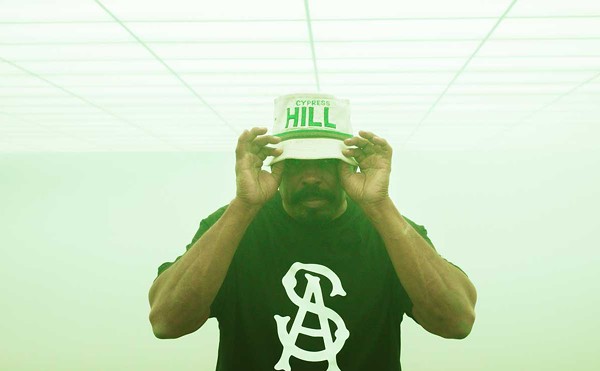It shouldn't be a surprise that Auto-Tune was conceived by an oil industry engineer, not a musician. That's right, the same seismic wave technology that helps oil companies locate drill sites is used to evaluate and manipulate pitch by moving a singer's note to the nearest in-key semitone.
Developed by Andy Hildebrand as something of a lark, the downloadable software plug-in was launched in 1996. Its creator intended people to use his software to correct pitch, but he explained in a 2009 Time magazine article he never thought they'd want to sound like singing robots (which is done by messing with the speed at which notes are retuned).
Many bemoan the overkill of this gimmicky use of Auto-Tune on the airwaves (the kind heard at ATK), but its intended purpose is generally accepted, and even applauded by some in the recording industry. Who wants to hear what Lady Gaga really sounds like without processing, live and on stage?
For some perspective, we asked Jim Diamond, head of Detroit's famous Ghetto Recorders, a beacon of analog glory in a black hole of digital everything, who called Auto-Tune a "Pandora's box."
"Once you open that, you can't go back," he says. "Like the loudness wars in mastering, you have to compete with the next guy so you want your record in tune and you want it loud."
And he thinks all that pitch "correction" comes with a price. "The trouble with Auto-Tune is that this is how people think singers are supposed to sound these days," he says. "I doubt kids know the difference."
Diamond cites a band he recorded a few years ago: "The singer was good, but something kept bugging me ... He was singing like he was being Auto-Tuned! It was crazy."
It'll shock many to learn Diamond actually owns Auto-Tune, which he uses sparingly to "fix a few notes." He picked it up for a job in 1999. "This band wanted to sound like the Beach Boys. Unfortunately, they couldn't sing."





